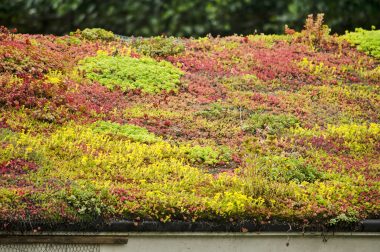The community of Center Wellington, Ontario is taking a novel approach to combating underground termites: beneficial nematodes.
The nematodes will be applied in spring and fall to properties in Elora and Fergus parishes where termite activity has been observed in the past.
Nematodes are microscopic, filamentous roundworms that attack insect pests. Scientists have found the parasites to be effective control agents for various underground termite species, but only a limited number of field studies have been conducted.
Nematodes come in powder form that is mixed with water and sprayed onto soil and directly onto termite nests. The young worms locate their host in response to carbon dioxide, vibration, and other chemical cues, and enter the termites through natural openings, or the cuticle. Once inside, they release an intestinal bacterium that kills the host, usually within two to three days.
One in 2020 by Dr. Termite survey conducted by Tim Myles of Termite Research Services found that 259 properties in Elora and Fergus had active or suspected termite activity. These properties have been assigned to “red zones”. In addition, 219 perimeter buffer properties adjacent to red zone properties have been identified. These properties have been assigned to “blue zones”.
Myles, who is also the City of Guelph’s termite control inspector, notes in the investigative report that underground termites of the genus Reticulitermes are not native to Ontario. They were first reported in Essex County, Ontario in 1929 and are now found in more than 30 townships in the province. The pests have been active in Elora and Fergus for at least 50 years.
In March, the Municipality of Center Wellington prepared a Request for Proposal (RFP) for nematode treatments on red zone properties. If access to a property is denied, treatment would be extended to adjacent blue zone properties. The RFP scope of work also includes public education, spring and fall wood waste cleanup, and preferential pricing for residents to have their homes inspected and treated for termites.
The cost of nematode treatment, estimated at $80,000 per year, will be funded by the community, and treatments should continue for up to five years. At this point, another termite survey will be performed to evaluate the results.
After consulting with City of Kitchener officials, which used beneficial nematodes to control termites in 2015, community workers determined that termite treatment “using nematodes is a safe and effective treatment method at a relatively low cost.” The city of Guelph used beneficial nematodes to help control termites in 2008.








